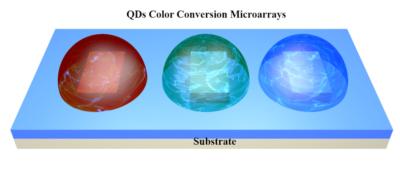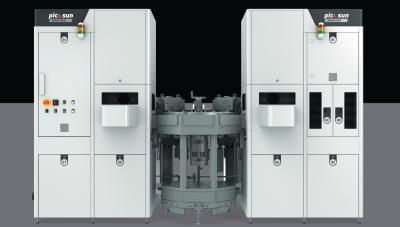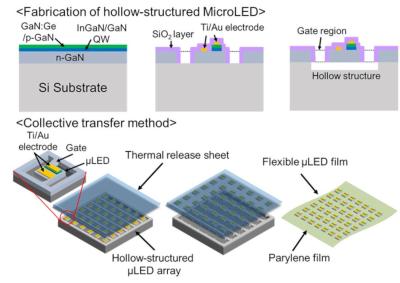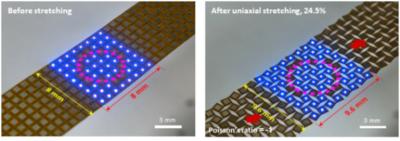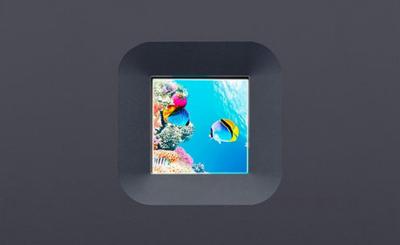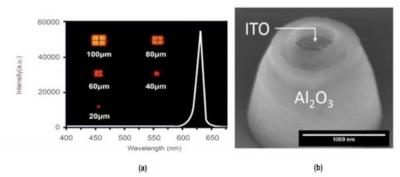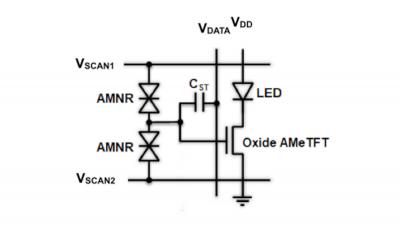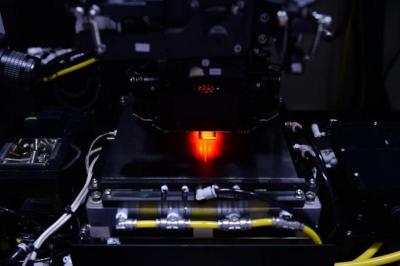Leyard starts producing microLED displays with Saphlux's QD color conversion technology
LED display market Leyard Optoelectronics announced that it developed the world's first mass-produced microLED display that uses quantum dots color conversion technology. Leyard collaborated with Saphlux (of which it owns around 12%).
Leyard adopted Saphlux's NPQD R1 micro LED technology, and have completed the development and testing of the display technology, and now it can mass produce NPQD-powered displays.


